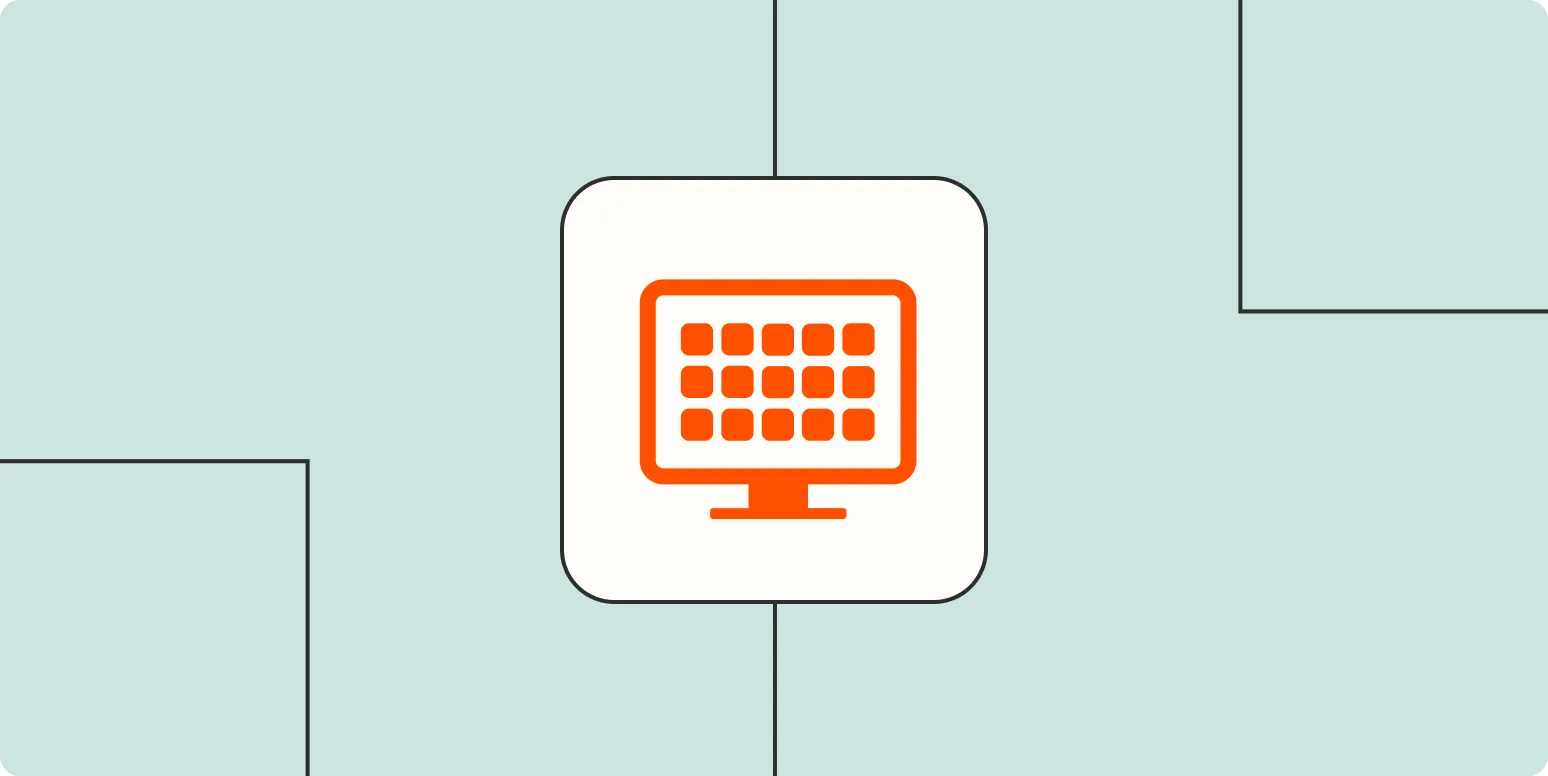When considering whether to start paying for software, it's crucial to evaluate your business needs, budget, and the potential return on investment (ROI) that paid software can provide. Understanding the right timing for investing in software can significantly impact your efficiency and growth. Below, we’ll explore key factors to help you determine when it’s the right time to make that financial commitment.
Assess Your Current Needs
Before making any financial commitments, assess your current business operations. Are you experiencing challenges that free software cannot address? Are there specific features in paid software that could enhance your productivity? The answers to these questions can guide your decision. Consider creating a checklist of essential features you need and comparing them with what free options offer.
Evaluating Free vs. Paid Software
Free software often comes with limitations, including fewer features, lack of customer support, and potential security risks. In contrast, paid software usually provides:
- Advanced features tailored to specific business needs
- Regular updates and patches
- Dedicated customer support
- Enhanced security measures
To illustrate this, here’s a comparison chart:
| Feature | Free Software | Paid Software |
|---|---|---|
| Feature Set | Basic | Comprehensive |
| Customer Support | Limited | 24/7 Support |
| Security | Basic | Advanced |
| Updates | Infrequent | Regular |
Consider Your Growth Potential
Another crucial factor in deciding when to start paying for software is your business's growth potential. If you anticipate significant growth in the coming months or years, investing in paid software sooner rather than later can save you time and money in the long run. Paid solutions often offer scalable features that can grow with your business, allowing you to adapt without needing to switch platforms.
Trial Periods and Demos
Many software providers offer free trial periods or demos. This is an excellent opportunity to assess whether the software meets your needs before committing financially. During the trial period, pay attention to:
- User experience
- Feature usability
- Integration with existing systems
- Customer support responsiveness
Utilizing these trials can help you make a more informed decision and understand the value of the software in relation to its costs.
Budget Considerations
Establishing a budget is essential before investing in software. Analyze your current financial situation and determine how much you can allocate toward software without straining your resources. Keep in mind that while free software might save money initially, the potential costs of inefficiency and lost productivity can outweigh the upfront savings.
Consider creating a simple budget overview to visualize your options:
| Expense Category | Free Software | Paid Software |
|---|---|---|
| Initial Cost | $0 | $50/month |
| Support Cost | Minimal | Included |
| Long-term Cost | Potential inefficiencies | Higher ROI |
Return on Investment (ROI)
Calculating the potential ROI of investing in paid software is crucial. Consider how much time and money you could save by using a more efficient solution. Paid software often allows for automation and improved workflows, leading to increased productivity and profitability. If you can quantify the potential benefits, it can justify the investment.
Conclusion
In summary, the right time to start paying for software depends on various factors, including your current needs, growth potential, budget, and the potential ROI. By carefully assessing these elements and utilizing trial periods, you can make a more informed decision that aligns with your business strategy. Remember, investing in the right software solution can be a game-changer for your productivity and overall success.





